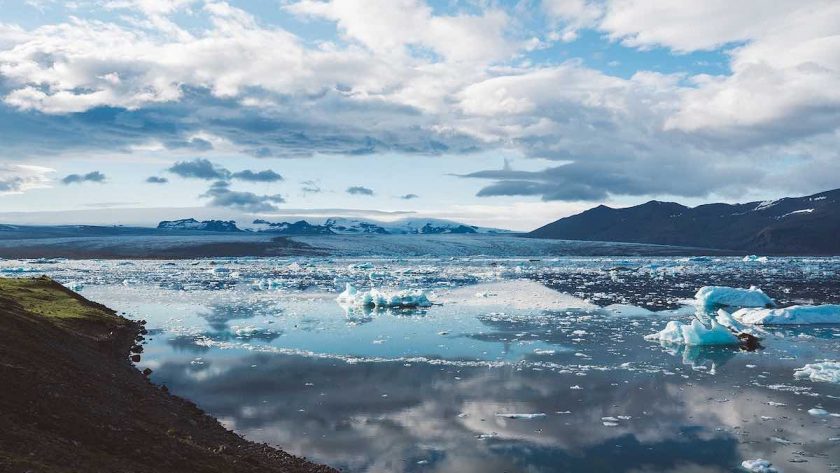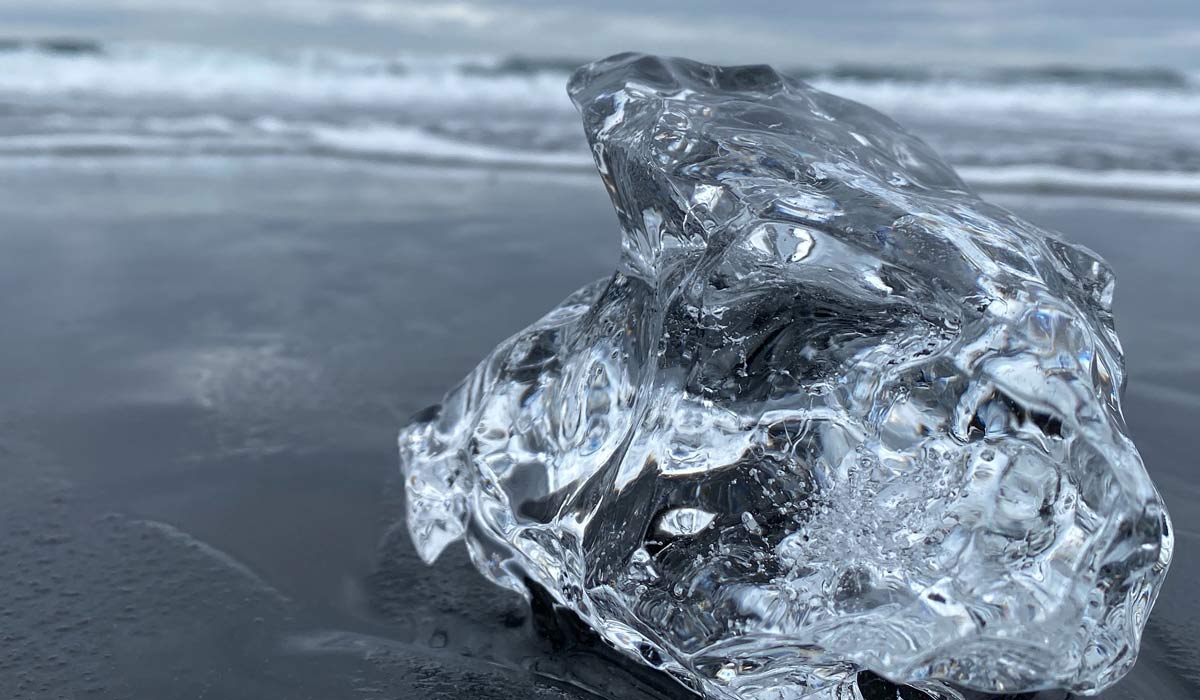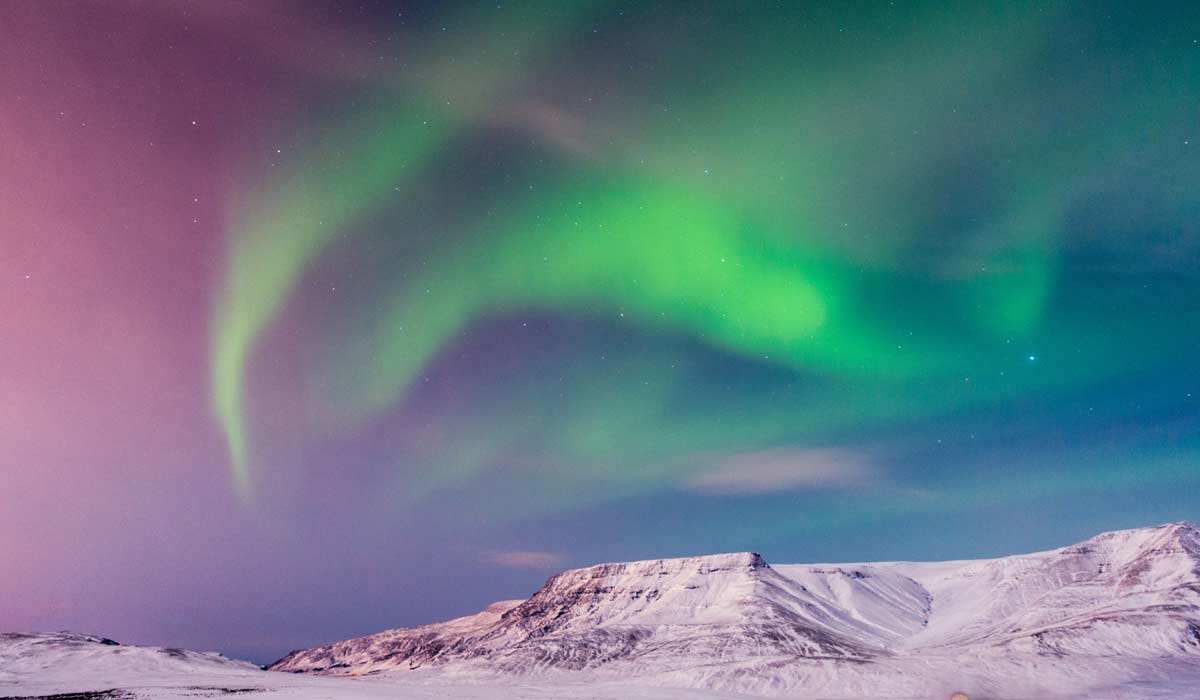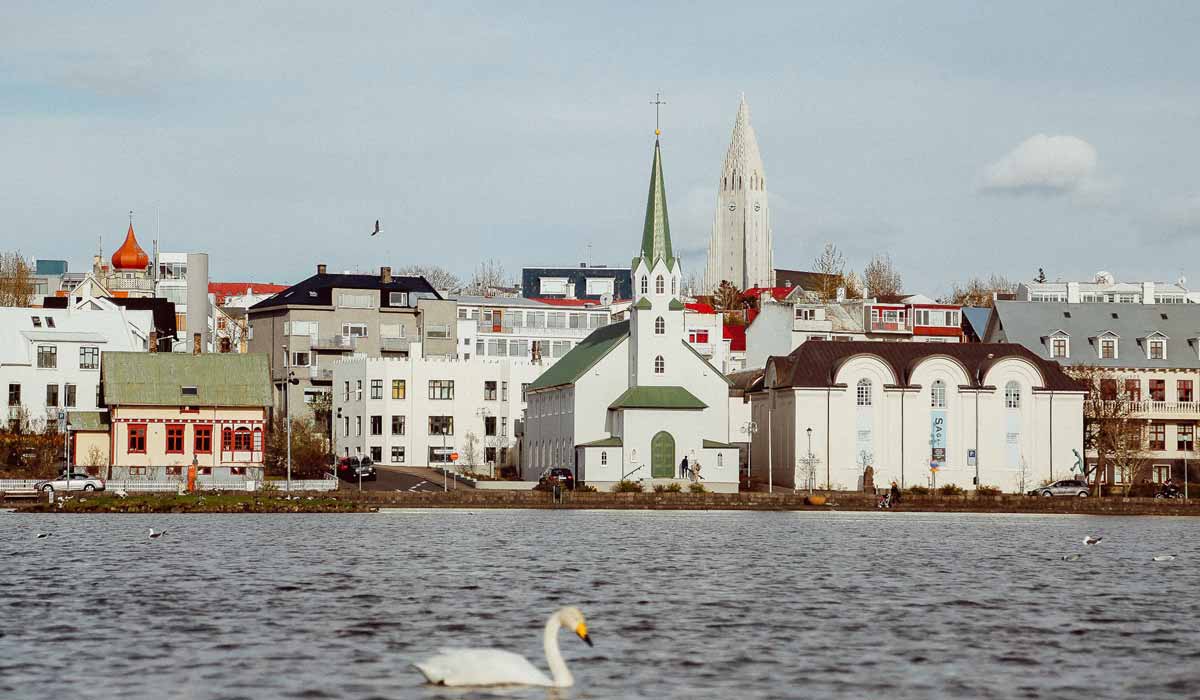This post is also available in:
 Español
Español
The International Mother Earth Day has been celebrated every April 22nd since it was established in 1970. On that day US citizens took to the streets to demand the creation of an environmental agency. Today we are not aware of how much climate change affects the planet and if we want to keep traveling we have to take action. Today we talk about the effect of climate change on glaciers in Iceland, let’s see if we convince you!
The glaciers on Iceland
Glaciers cover 10% of Iceland, which translates to about 11,000 square kilometers. In the past the whole island was covered by ice and today among its glaciers stands out Vatnajökull, the largest continental ice mass in Europe as incredible as the northern lights. There is no need to comment on the tourist value of these, but it is not the only one.
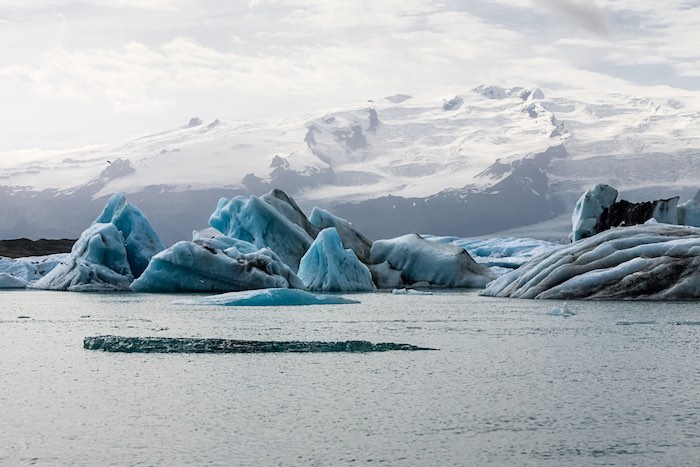
Icelandic glaciers are the target of numerous scientific projects and store large volumes of fresh water that could be used for human consumption in case of need. They are the source of electricity generation and play a key role in geological hazards such as glacial outburst floods and glacial outburst surges.
Glacier reduction in Iceland
If you are wondering what the effect of climate change is on Iceland’s glaciers, the answer is simple. The main consequence is the loss of ice mass which could result in reduced pressure on the magmatic chambers beneath the subglacial volcanoes.
What would this mean? An increase in volcanic activity in the area and, therefore, the melting of more glacial ice. If this were to happen, it could lead to sea level rise on a global scale. It’s that clear.
Story of Okjökull
In 1901 the Okjökull glacier occupied an area of approximately 38 square kilometers. A few years later, in 1978, aerial images showed that the glacier measured only 3 square kilometers. In 2014 it was the first glacier to be declared dead and in 2019 a funeral was held in its honor, which became one of the saddest curiosities of Iceland. This is possibly the best example of the devastating effects of climate change on the country’s glaciers.
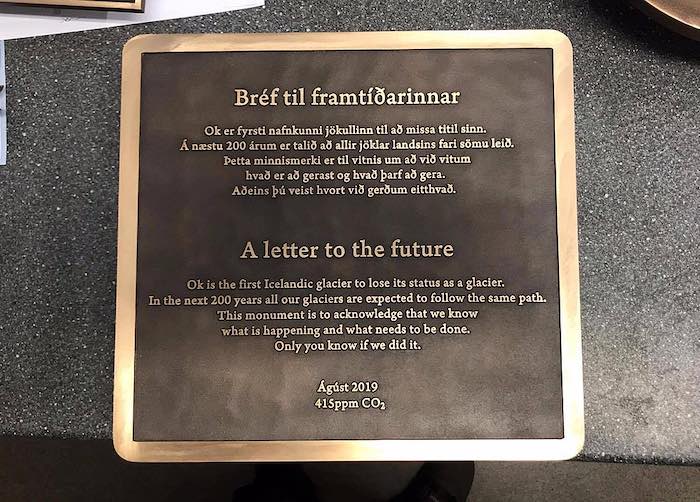
Prime Minister Katrin Jakobsdottir, Environment Minister Gudmundur Ingi Gudbrandsson and former Irish President Mary Robinson attended the official farewell to what was once a glacier and became a small chunk of ice on top of a volcano. Several researchers installed in its place a plaque in remembrance of the glacier that warns of the devastating effects of global change.
The future of glaciers in Iceland
The future is uncertain, but unfortunately the glaciers seem to have a marked destiny. 600 square kilometers have disappeared since 2000, and with this trend, the Nordic country’s 400 or so glaciers are expected to disappear in two centuries if nothing is done to stop global warming.
Today is a day to reflect on what we had, what we have and what we will have if we do nothing to remedy it. The future is not written, we write it with every decision we make and every step we take. It is time to stop for a moment and think about the life we want. Floods? Droughts? Fires? Thaws? It’s time to change course and take ownership of the helm, don’t you think?

